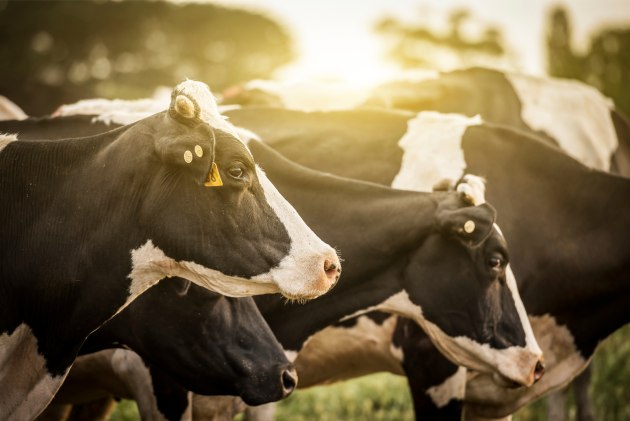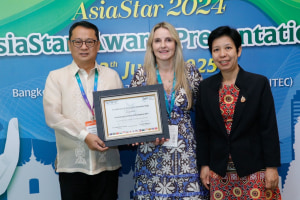Fonterra’s annual sustainability report includes a new Sustainable Finance Framework to fund projects and reflect the evolving preferences of lenders and debt investors.
The framework could include green bonds and sustainability-linked bonds and loans, it said. It was developed with joint sustainability co-ordinators HSBC and Westpac NZ and independently verified by ISS Corporate Solutions to guarantee it aligned with globally agreed sustainable finance principles.
Fonterra director Capital Markets Simon Till said. “This new framework is a step on our sustainable financing journey – aligning with our co-operative's broader sustainability ambitions.”
The company plans to significantly increase its investment in sustainability-related activities and assets throughout its supply chain over the next decade, to mitigate environmental risks and as a point of differentiation for its New Zealand milk.
“By FY30 we intend to invest around NZ$1 billion in reducing carbon emissions and improving water efficiency and treatment at our manufacturing sites. In doing so, we will be taking significant steps towards our aspiration to be Net Zero by 2050 and we plan to align our funding with this approach.”
Fonterra COO Fraser Whineray says that the co-op was making solid progress towards its sustainability targets.
“In our sixth year of independently assured reporting, we are pleased with progress. Fonterra’s GHG emissions (Scope 1&2) are 11.2 per cent lower than FY18 and well on their way to our goal of 30 per cent by 2030.
“With our supplier owners, we are ahead of target for delivery of Farm Environment Plans (FEP), with 71 per cent of farmers now having plans, against a target of 67 per cent for FY22 and on track for 100 per cent by 2025,” Whineray said.
It is also working on ways to reduce biological emissions, including a joint venture with the New Zealand government for the new Centre for Climate Action on Agricultural Emissions.
Under the MOU, industry partners have already made an indicative commitment up to around $35 million. This could see around $172 million invested over the next four years to develop and commercialise practical tools and technologies for farmers.
“Over the next four years we’re looking to scale up an investment in methane reduction of around $50 million through this joint venture,” says Whineray.
In regards to its people, the dairy co-operative said more than 500,000 hours had been spent on upskilling, or an average of 45 hours per learner. To date more than 1000 employees have taken part in the Leadership Essentials Programme that develops current and future frontline leaders.
There had also been a 2.4 per cent jump in female representation in global senior leadership roles, to 34.8 per cent in FY22.
“This year we have set a new goal of 40:40:20 (40 per cent female, 40 per cent male, 20 per cent any gender) which sends a positive signal on direction. The 20 per cent provides flexibility of female, male or non-binary gender.
Water use by manufacturing sites in water-constrained regions decreased by 4.2 per cent, taking us to a 6.6 per cent absolute reduction against our 2018 baseline.
The co-op said it was broadening its water target aiming to reduce water use across manufacturing sites by 15 per cent by 2030 from a 2018 baseline. Further, all sites will have refreshed bespoke water improvement plans by the end of FY24.
New Zealand’s first electric tanker, Milk-E, was launched as part of our fleet decarbonisation plans. The percentage of e-vehicles continue to increase. There are now 693 electric vehicles (cars, forklifts, milk collection tanker) and the network of e-charging stations has expanded to 81.
On a total tonnage of packaging basis, 89 per cent of our packaging is now recycle-ready, up from 87 per cent last year.






